T4K3.news
Hubble captures interstellar comet Atlas
The interstellar comet 3I/ATLAS is visible in Hubble images as it travels through the outer solar system.
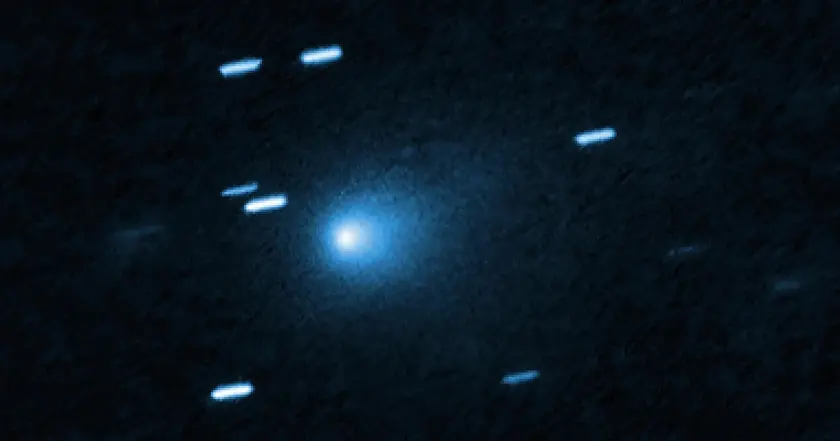
NASA and ESA released a sharp image of the interstellar comet 3I/ATLAS, a rare visitor speeding through the solar system.
Hubble Captures Interstellar Comet Atlas Visiting Solar System
The Hubble Space Telescope has released its best image yet of the interstellar comet 3I/ATLAS as it speeds through the outer solar system at about 130,000 miles per hour. NASA and the European Space Agency say the photo shows a teardrop shaped dust plume around the nucleus and a dusty tail. The object was about 277 million miles from Earth when photographed, and scientists have narrowed the estimated size from several miles to no more than 3.5 miles across, possibly as small as 1,000 feet.
The comet is not headed toward Earth. It will pass closer to Mars and stay outside the planet’s orbit. Its closest approach to the Sun is planned for late October, as it travels between Mars and Earth. It should remain visible to telescopes through September and then reappear after the Sun on the far side by early December.
Key Takeaways
"Interstellar visitors remind us the galaxy is bigger than our neighborhood"
emotional
"Hubble’s image sharpens our view of a world born around another star"
factual
"Atlas proves science must adapt to studying objects from afar"
opinion
3I/ATLAS marks only the third known interstellar visitor, following 1I/'Oumuamua and 2I/Borisov. The new measurements show how data can tighten estimates quickly, shifting ideas about the size and nature of such objects. The object’s dark, reddened surface—reflecting about 5 percent of sunlight—points to a rough, featureless surface with little brightness variation as it rotates, a detail that helps scientists model its composition.
Public interest will grow as more images arrive, but the science remains cautious. Atlas offers a rare chance to study material from another star, and it tests our methods for observing fast-moving, distant rocks. As observers track future interstellar visitors, the experience will shape how researchers plan missions and coordinate global telescope time.
Highlights
- Interstellar visitors remind us the galaxy is larger than our neighborhood
- Hubble makes the distant world feel within reach
- Atlas shows science must adapt to study visitors from elsewhere
- Science thrives when mystery lands in our backyard
The night sky continues to surprise, guiding future questions about distant worlds.
Enjoyed this? Let your friends know!
Related News
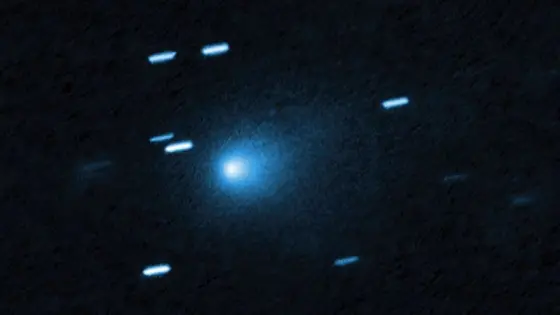
Hubble reveals interstellar comet 3I/ATLAS in stunning detail
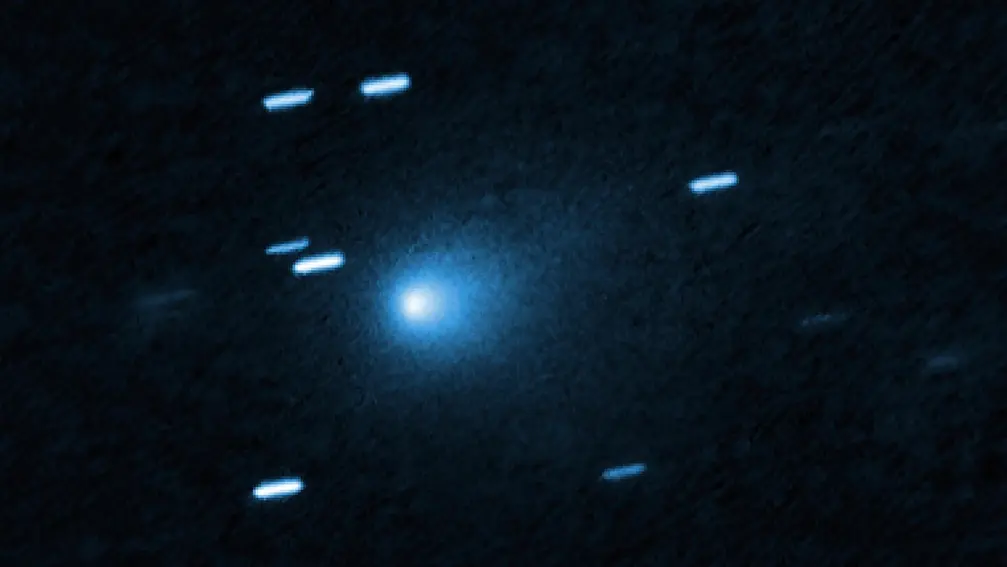
Hubble reveals best image of interstellar comet
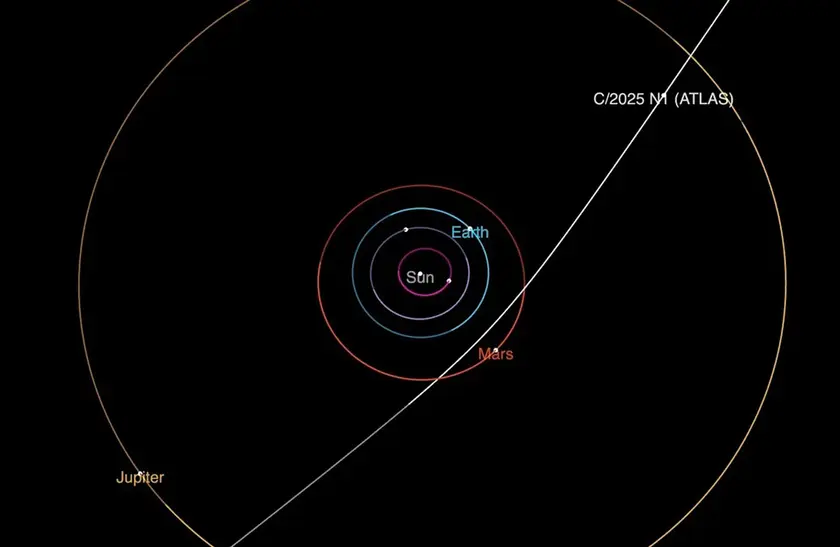
Interstellar comet image captured
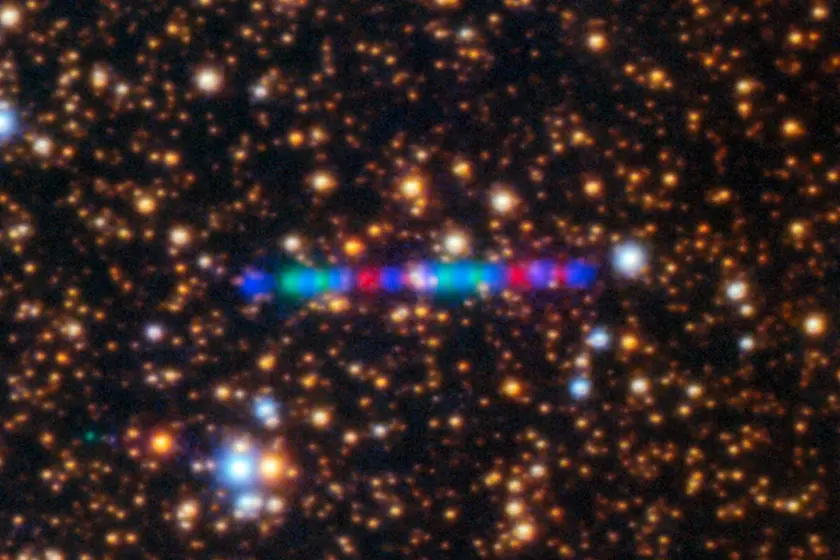
Gemini North images interstellar comet 3I/ATLAS
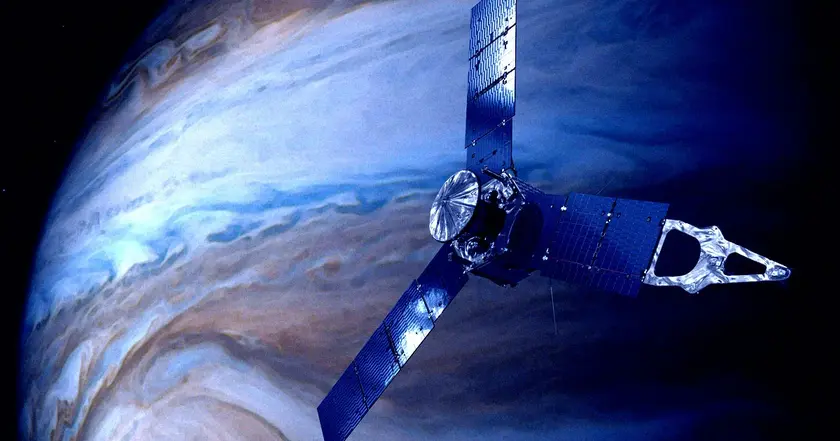
NASA weighs intercept of interstellar visitor 3I ATLAS

Discovery of Comet 31/ATLAS Sparks Interest
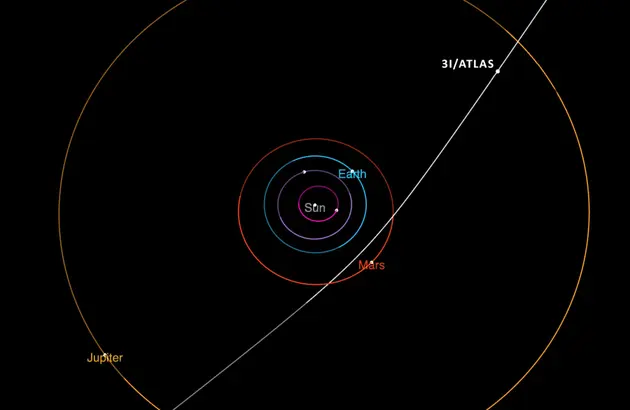
ASU's Kenneth Carrell comments on interstellar comet 3I/ATLAS
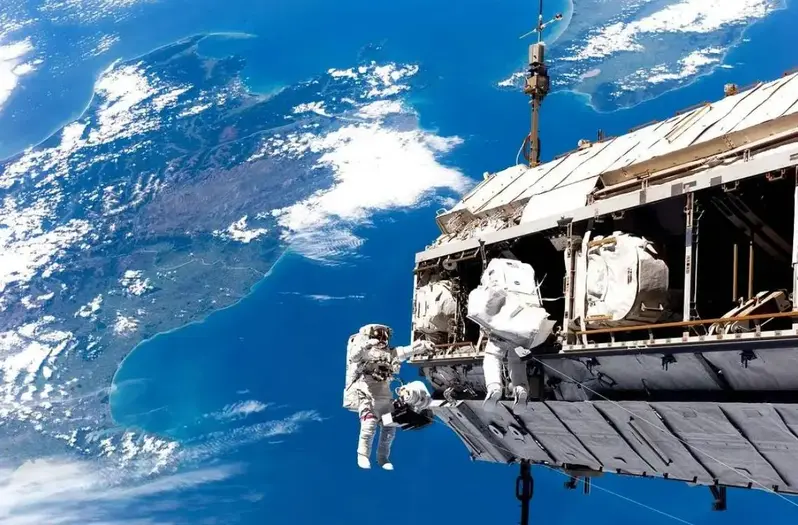
NASA astronauts capture stunning celestial events from ISS
